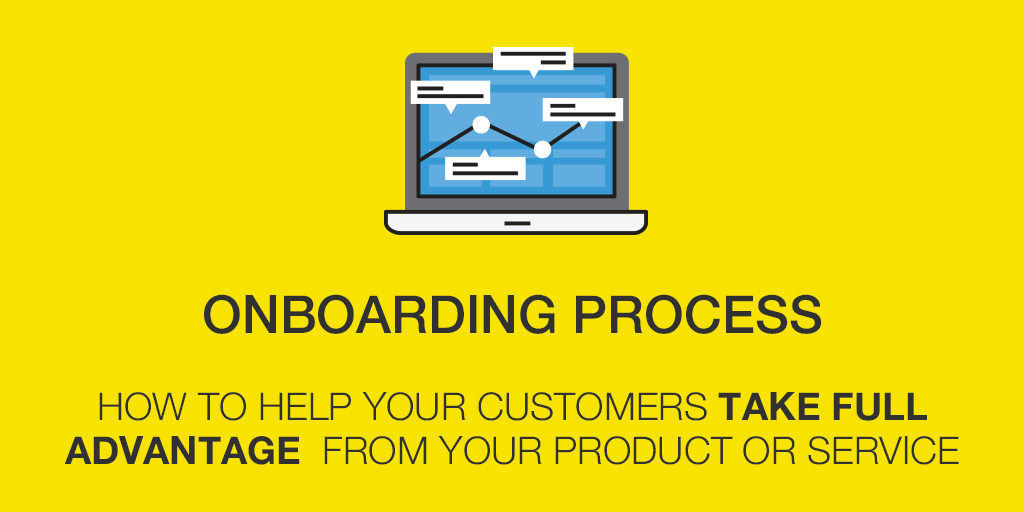Table of contents

The onboarding process – which is the process of registering a new customer – is one of the most critical in any type of company. After having invested in marketing and communication, and after the effort made by the sales team, comes the culmination of the entire sales process: registering or onboarding a new customer.
In the case of banks and financial institutions, we could say that the sales process culminates with opening a new bank account. And those who finally decide to contract a new financial product already have an expectation of how their satisfaction will be for said product, and how their relationship will be with the chosen entity.
This is what optimizing the onboarding process is about: satisfying these expectations and laying the foundation for a long term customer relationship, which should be lasting and satisfying for both parties.
In this post we list the five fundamental practices to optimize the onboarding processes for banks and financial entities.
How to optimize the onboarding process for a bank or financial entity
1. Offer an authentic multi-channel experience
The process of registering with a bank or company in the financial sector can be done via web, mobile or even in a physical branch. In any case, if for whatever reason the client cannot finalize the process, he/she must be able to resume the process at any other time, whether that’s online or in person, even from another office. This ease is usually called convenience: the customer must be able to finish the process where, when and how is best for him/her.
What is onboarding?
“Onboarding is actually the phase a customer goes through in between making the decision they want to use a product and being a fully setup user who can extract the most value from the product. In short, it’s about helping your customers be successful.”
Source: Intercom on Onboarding
2. Design fast and easy to fill out forms
The registration experience must be simple, intuitive, aesthetically pleasing and above all, fast. We must not forget that more and more, people are accustomed to immediacy. If we want to register with a bank or in any financial entity, we want to complete the registration process quickly and safely. The faster the better, and of course being able to enjoy the services from the first minute.
For that reason, registration forms should be easy to fill out. Ideally, to start with you should only request information that is absolutely essential. Everything else can be completed once the registration process has finalized, which is called progressive profiling.

3. Provide customer service during the entire process
Customer service, or a support service, is essential. You can include both chatbots, as well as chats with real operators, to help and answer any questions the future client has during the registration process in real time. Of course, you also have to offer this service by phone, you need to have an email address to send questions to, and also be able to solve any problems or respond to any questions through social media networks.
Twitter is a channel that is frequently used to offer customer support service, but you have to live up to it: you can’t take hours to respond to a tweet sent by a potential customer with a question regarding the registration process.
More information: Customer service in the banking sector.
In any case, what’s key is that all of these communication channels must be visible on the website, available with the minimum amount of waiting time possible and above all, all must be for free for the user.
4. Collect and leverage user generated data
It is very useful to collect information that your own users generate during the registration process to continually improve it. For example: knowing how long it takes to complete the registration process or identifying if there are steps where users frequently abandon it. You can also use tools such as heatmaps to know what are the most common movements the mouse or finger makes on the registration form, which can provide valuable information to improve the process and increase the registration success rate.

5. Incorporate online ID verification systems
In the case of a bank or financial entity, the online onboarding process cannot be completed without having verified the potential client’s identity. For this reason, it’s key to incorporate online ID verification systems that are fast, intuitive and legal; and that additionally comply with the current legislation regarding the security of the process and the protection of personal data.
Offering the user the option to identify him/herself online is essential today, as it avoids that he/she must visit the offices of the entity at some point during the process. Nowadays, this requirement is too deterrent, especially for new generations that demand onboarding processes that are 100% digital.
In this sense, at Signaturit we are already offering our advanced electronic signature solution to companies in the financial sector that want to offer their customers the option to verify their identity online.
Thanks to the biometric data of the signer – speed, acceleration and graph pressure – in addition to geolocation, device and IP direction from where the signature is made, we can uniquely identify the signer, complying with the European law that regulates electronic signatures, the Regulation (EU) Nº 910/2014.
If you also want to offer your customers the possibility to register online, therefore improving your onboarding process, try Signaturit today, for free for 14 days.
If you need to integrate the electronic signature into your software, we also offer the option to integrate our solution via API. Request more information by sending an email to [email protected] or call us at +34 960 03 12 03.
RELATED POSTS



